Scarlet Leadwort Plumbago indica

ABOUT
The plant commonly known as Plumbago indica is a visually appealing specimen with a lush, vibrant appearance. It boasts a dense foliage of glossy green leaves that provide a lush backdrop for its standout feature – the striking clusters of flowers it produces. These blossoms are a deep, captivating red or pink and take on a phlox-like appearance, presenting a dazzling and rich hue that can add a splash of color to any garden. The flowers typically have five petals and are tubular in shape, which can attract a variety of pollinators like butterflies and hummingbirds. The petals have a delicate, almost velvety texture that adds a layer of tactile interest to the overall aesthetic of the plant. Branches of this beautiful plant tend to sprawl outwards, giving it a somewhat wild and untamed look, which can provide a beautiful contrast to more structured garden elements. This sprawling nature allows the clusters of flowers to dangle gracefully, creating a visually dynamic effect as they move with the breeze. Overall, the appearance of Plumbago indica resonates with an effortless, natural charm that can transform any growing space into a vibrant palette of rich colors and full-bodied greenery. Its stunning floral clusters and robust foliage make it a popular choice for ornamental purposes in gardens and landscapes.
About this plant
 Names
NamesSynonyms
Scarlet Leadwort, Rosy Plumbago, Red Plumbago, Whorled Plantain, Indian Leadwort, Chitrak
Common names
Plumbago rosea, Plumbago coccinea.
 Toxicity
ToxicityTo humans
Plumbago indica, commonly known as Scarlet leadwort, is not widely recognized as a highly toxic plant to humans. However, it is important to note that it may have some level of toxicity. As with many plants, certain people might be sensitive or allergic to it, and ingesting parts of the plant could potentially cause symptoms such as nausea, vomiting, diarrhea, and skin irritation after contact. It is always best to avoid ingesting parts of unknown plants due to the potential risks involved.
To pets
Scarlet leadwort (Plumbago indica) may not be commonly listed as a highly toxic plant to pets, but, similar to humans, it can still pose risks. Pets that consume parts of this plant might show signs of gastrointestinal distress, such as vomiting or diarrhea, or they might experience skin irritation if they come into contact with the plant’s sap. Caution should be taken to prevent pets from ingesting this plant to avoid these potential adverse reactions.
 Characteristics
CharacteristicsLife cycle
Perennials
Foliage type
Evergreen
Color of leaves
Green
Flower color
Red
Height
3-5 feet (0.91-1.52 meters)
Spread
3-5 feet (0.91-1.52 meters)
Plant type
Shrub
Hardiness zones
10
Native area
Southeast Asia
Benefits
 General Benefits
General Benefits- Landscape Beautification: Plumbago indica, commonly known as Scarlet Leadwort, adds vibrant reds to gardens with its attractive flowers, enhancing visual appeal.
- Butterfly Attraction: The bright blooms of the Scarlet Leadwort attract butterflies, aiding in pollination and adding liveliness to the garden ecosystem.
- Drought Tolerance: Scarlet Leadwort is quite resilient in dry conditions, making it suitable for xeriscaping and reducing the need for frequent watering.
- Soil Erosion Control: With its sprawling growth habit, it helps in stabilizing soil and preventing erosion, especially in sloped areas.
- Easy Propagation: The plant can be easily propagated from cuttings, making it simple for gardeners to expand their plantings or share with others.
- Low Maintenance: Scarlet Leadwort requires minimal care once established, saving time and effort in garden upkeep.
 Medical Properties
Medical Properties- Anti-inflammatory: Plumbago indica has been traditionally used to reduce inflammation.
- Analgesic: It may have pain-relieving properties.
- Antimicrobial: Extracts from the plant have shown to possess antimicrobial activity against various pathogens.
- Antioxidant: The plant contains compounds that are believed to have antioxidant properties.
- Anti-cancer: Preliminary research suggests potential anti-cancer effects, but more studies are needed.
- Wound healing: It has been used in traditional medicine to promote the healing of wounds.
- Antiplasmodial: Some studies indicate it might have activity against the parasites responsible for malaria.
- Antifertility: In some traditional medicinal systems, Plumbago indica has been used as an antifertility agent.
 Air-purifying Qualities
Air-purifying QualitiesThis plant is not specifically known for air purifying qualities.
 Other Uses
Other Uses- Ornamental Gardening: Plumbago indica is widely cultivated for its vivid red flowers and attractive foliage, adding an exotic touch to tropical and subtropical gardens.
- Butterfly Attraction: The bright, nectar-rich flowers of Plumbago indica attract butterflies, making it an ideal choice for butterfly gardens.
- Ink and Dye Production: The roots of Plumbago indica have been historically used to create a red dye for textiles, and the plant's name itself suggests a historical use in ink production.
- Hedge or Border Plant: Due to its dense growth habit, Plumbago indica can be pruned and maintained as a decorative hedge or border in landscaping designs.
- Container Planting: Plumbago indica can be grown in pots or containers, making it suitable for balconies, patios, or indoor settings with adequate sunlight.
- Cultural Significance: In some cultures, Plumbago indica is used in festive decorations and religious ceremonies for its vibrant color and presumed auspiciousness.
- Erosion Control: Plumbago indica can help in stabilizing soil and controlling erosion on slopes in garden landscapes.
- Ground Cover: With its spreading habit, Plumbago indica can be used as a ground cover to fill large, sunny areas in a garden bed.
- Art and Craft: The vibrant flowers and foliage of Plumbago indica may be used in the composition of floral arrangements and other botanical crafts.
- Education: Plumbago indica could be used in botanical and horticultural education to teach about plant growth habits, flower structures, and pollinator relationships.
Interesting Facts
 Feng Shui
Feng ShuiThe Scarlet leadwort is not used in Feng Shui practice.
 Zodiac Sign Compitability
Zodiac Sign CompitabilityThe Scarlet leadwort is not used in astrology practice.
 Plant Symbolism
Plant Symbolism- Persistent Love: The plumbago indica, or simply plumbago, clings to the surfaces it grows on, symbolizing an enduring or persistent type of love that remains steadfast over time.
- Tenacity: With its ability to cling and spread, plumbago represents tenacity and the ability to persevere through difficult circumstances.
- Grace: The delicate appearance of plumbago blossoms can symbolize grace and gentleness, suggesting beauty in movement or manners.
- The Will to Survive: Owing to its hardy nature, this plant suggests resilience and the strong will to survive, no matter the conditions.
- Natural Beauty: The striking blue hue of the plumbago flowers is associated with natural beauty and the attraction of simplicity.
 Water
WaterScarlet leadwort requires regular watering to maintain its health and beauty. During active growth periods in the spring and summer, water the plant thoroughly once a week, providing approximately 1 gallon of water to ensure the soil is moist but not waterlogged. Reduce watering in the fall and winter to every two weeks, as the plant’s water requirements decrease during these cooler, less active months. Over-watering can lead to root rot, so ensure proper drainage is in place. Always check the top inch of the soil for dryness before each watering to avoid excessive moisture.
 Light
LightScarlet leadwort thrives in full sun to partial shade. Position it in a place where it can receive at least 6 to 8 hours of direct sunlight daily for optimal flowering. While it can tolerate some light shade, too little light may lead to fewer flowers and leggy growth. Avoid placing it in deep shade, as this will significantly impact its growth and bloom production.
 Temperature
TemperatureScarlet leadwort prefers warm temperatures and does not tolerate frost well. It can survive in temperatures as low as 40 degrees Fahrenheit but thrives best between 60 and 85 degrees Fahrenheit. Protect the plant from temperatures below 40 degrees Fahrenheit, as cold weather can damage or even kill it.
 Pruning
PruningPruning scarlet leadwort is important to encourage bushier growth and more flowers. Prune lightly in the spring to remove any dead or damaged branches, and shape the plant as desired. Further pruning can be done after flowering to maintain its size and shape. The best time for heavy pruning is in late winter or early spring before new growth begins.
 Cleaning
CleaningAs needed
 Soil
SoilScarlet leadwort thrives in a soil mix that is well-draining and rich in organic matter. A suitable soil recipe would include equal parts of loam, sand, and peat or compost to ensure good drainage and fertility. The optimal pH range for scarlet leadwort is between 5.5 and 6.5, slightly acidic to neutral.
 Repotting
RepottingScarlet leadwort should be repotted every two to three years to ensure it has enough space to grow and to refresh the soil. The best time to repot is in the spring or early summer before the onset of the active growing season.
 Humidity & Misting
Humidity & MistingScarlet leadwort prefers high humidity levels to thrive, ideally between 50% and 60%. If the air is too dry, it may benefit from regular misting or a humidity tray to maintain optimum moisture in the air around the plant.
 Suitable locations
Suitable locationsIndoor
Place in bright, indirect light, and keep soil consistently moist.
Outdoor
Full sun to part shade, protect from strong winds and frost.
Hardiness zone
9-11 USDA
 Life cycle
Life cyclePlumbago indica, commonly known as Scarlet leadwort, begins its life cycle when seeds germinate in warm, moist soil conditions, usually during the spring or early summer. The seedlings quickly develop into lush green plants with a semi-woody stem structure, thanks to the warm, tropical or subtropical climates they thrive in. As the plant matures, it produces elongated leaves and starts to bud, eventually blooming with vivid red or pink flowers that attract pollinators, primarily during the summer months. After pollination, it forms small, sticky fruits that contain seeds, allowing for the spread of new plants. Scarlet leadwort may also propagate vegetatively through cuttings that root easily, forming new plants. Over time, the plant can become woody, but with proper care and pruning, it continues to flower annually, completing its perennial life cycle.
 Propogation
PropogationPropogation time
Spring to Summer
Propogation: Plumbago indica, commonly known as Rose-colored Leadwort or Scarlet Leadwort, is effectively propagated through stem cuttings. The best time to propagate this plant using this method is late spring to early summer when the plant is actively growing. To do this, a healthy, non-flowering stem is chosen and a cutting of about 4 to 6 inches (10 to 15 centimeters) is made. The lower leaves are removed, and the cut end is often dipped in a rooting hormone to increase the chance of successful rooting. Then, the prepared cutting is placed in a well-draining soil mix, kept moist and warm, with partial sun exposure. Roots usually develop within a few weeks, after which the new plant can gradually acclimate to the environment before being transplanted into the garden or a pot for further growth.
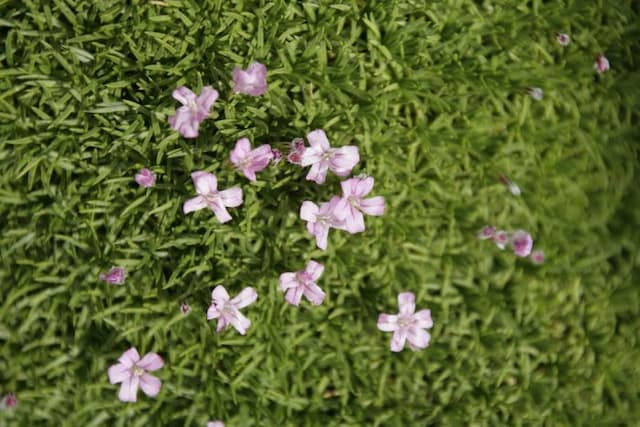
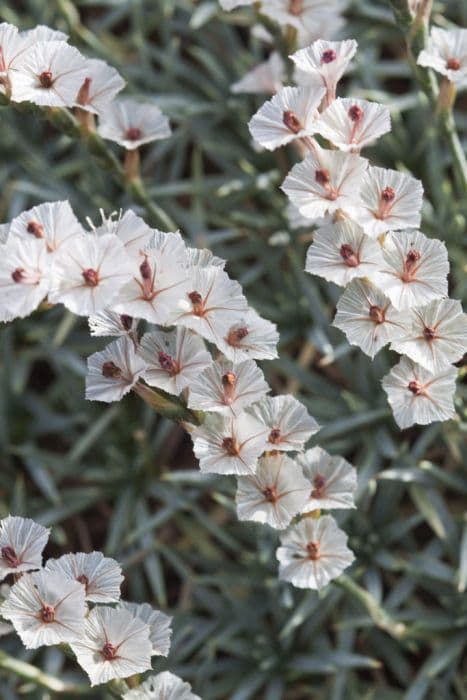
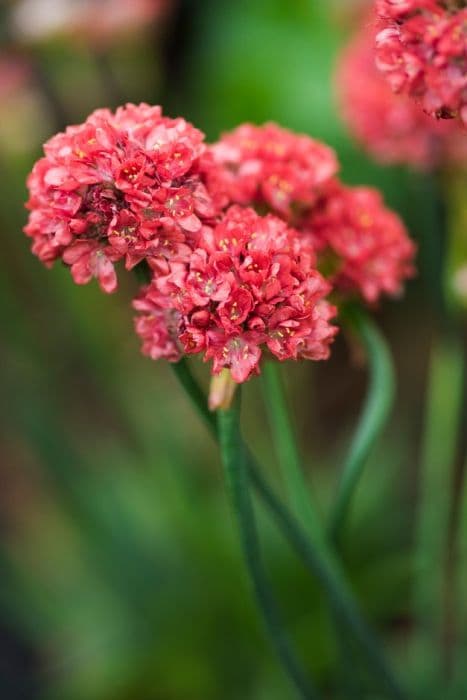
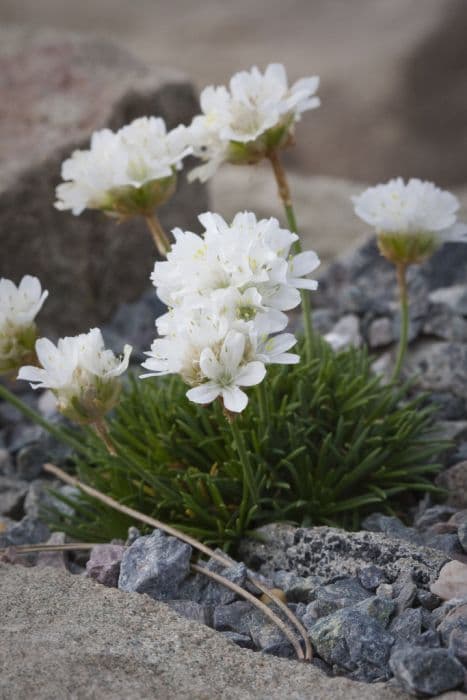
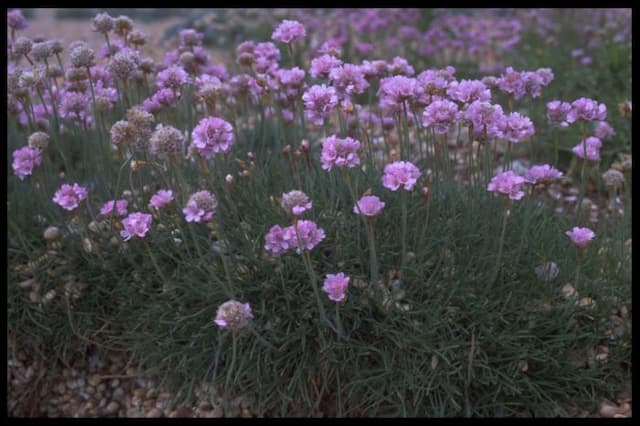
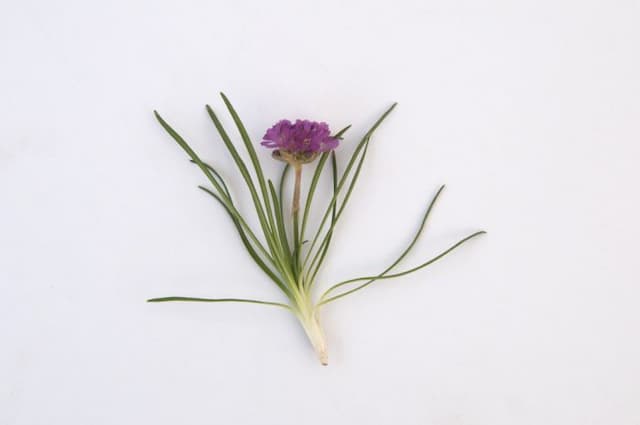


![Chinese plumbago [Forest Blue]](/_next/image?url=https%3A%2F%2Fplants-admin.emdemapps.com%2Fimages%2Fplants%2F%2Fimages%2F604b5c4db911f.png&w=640&q=75)
